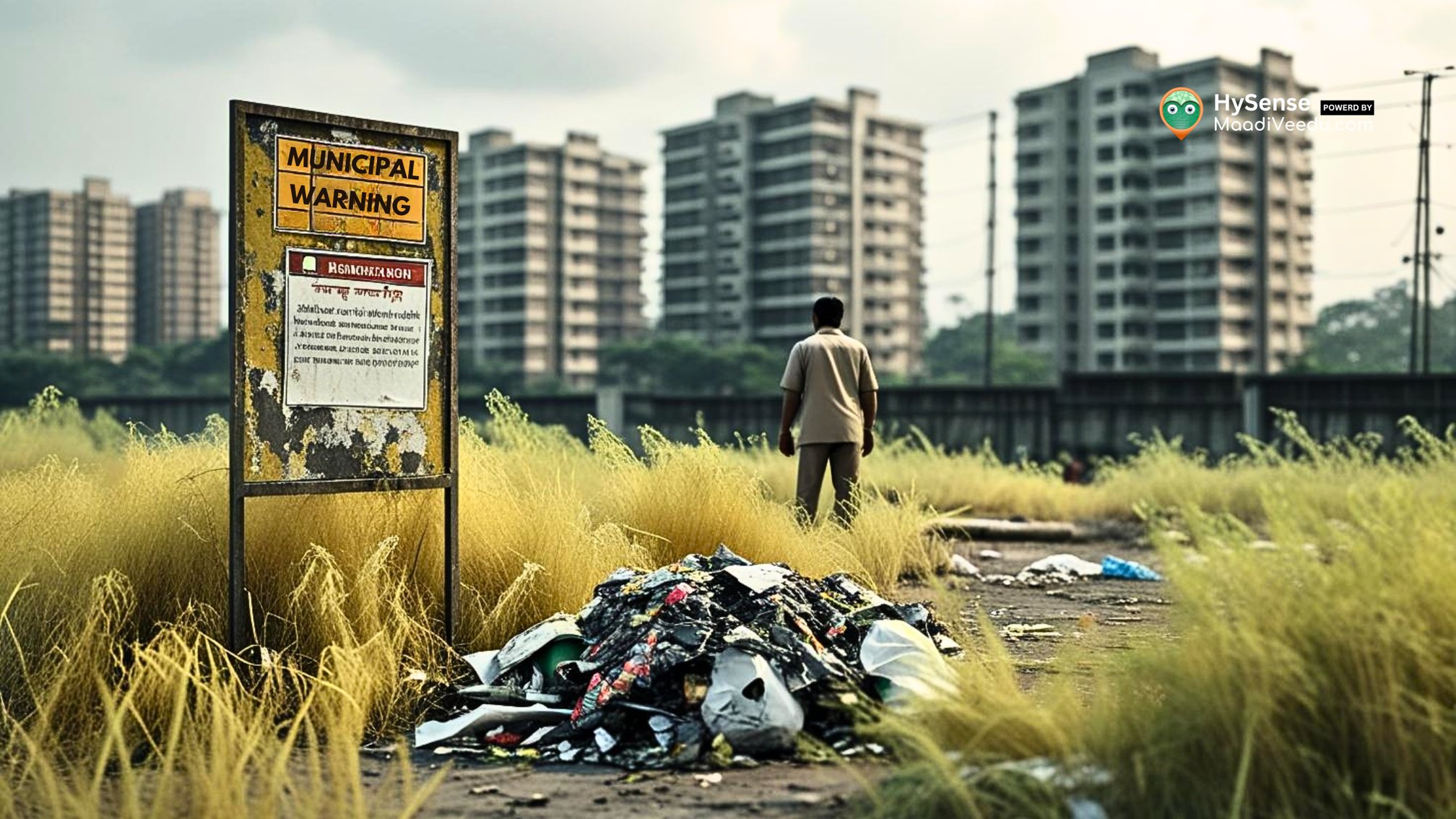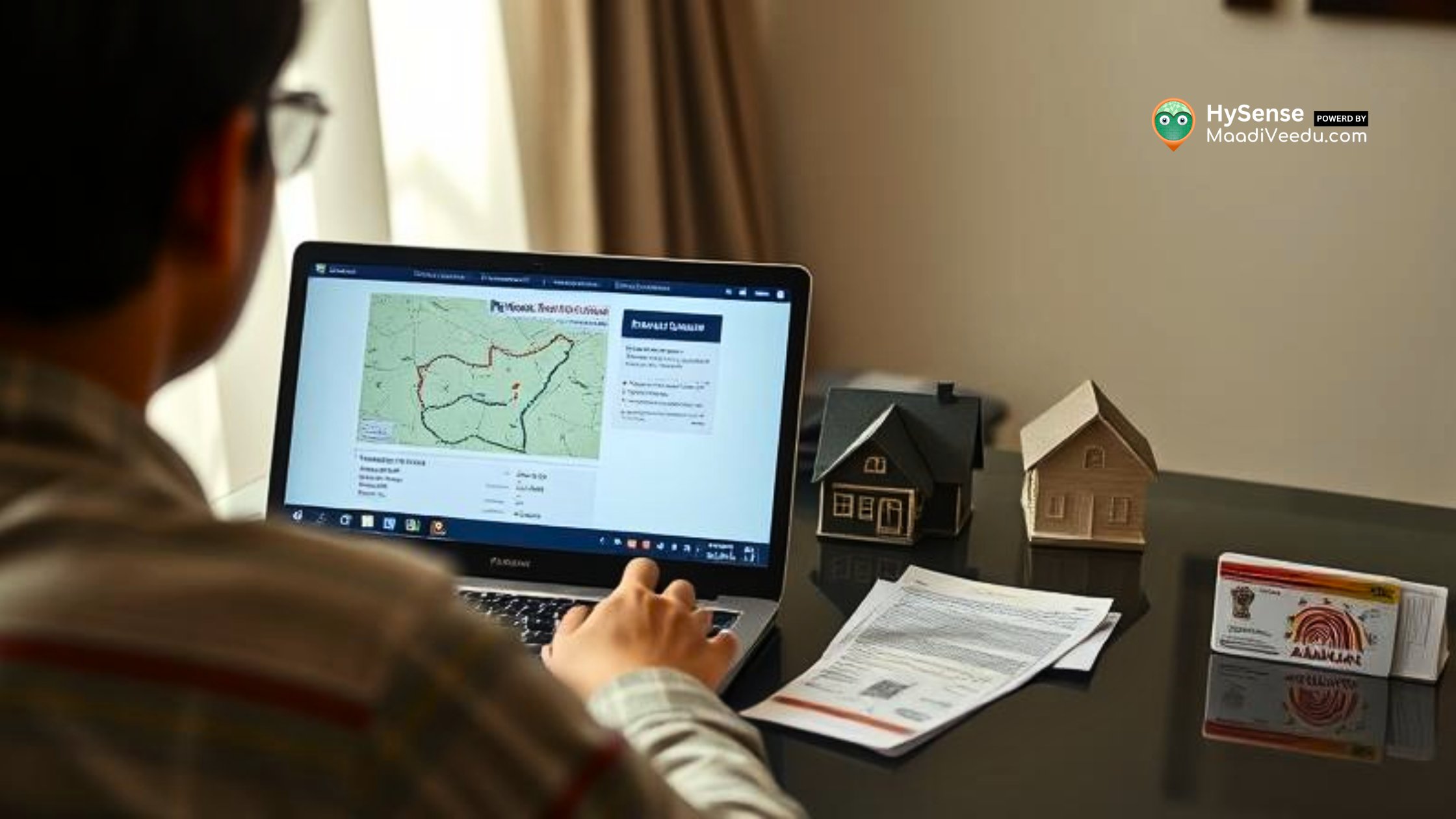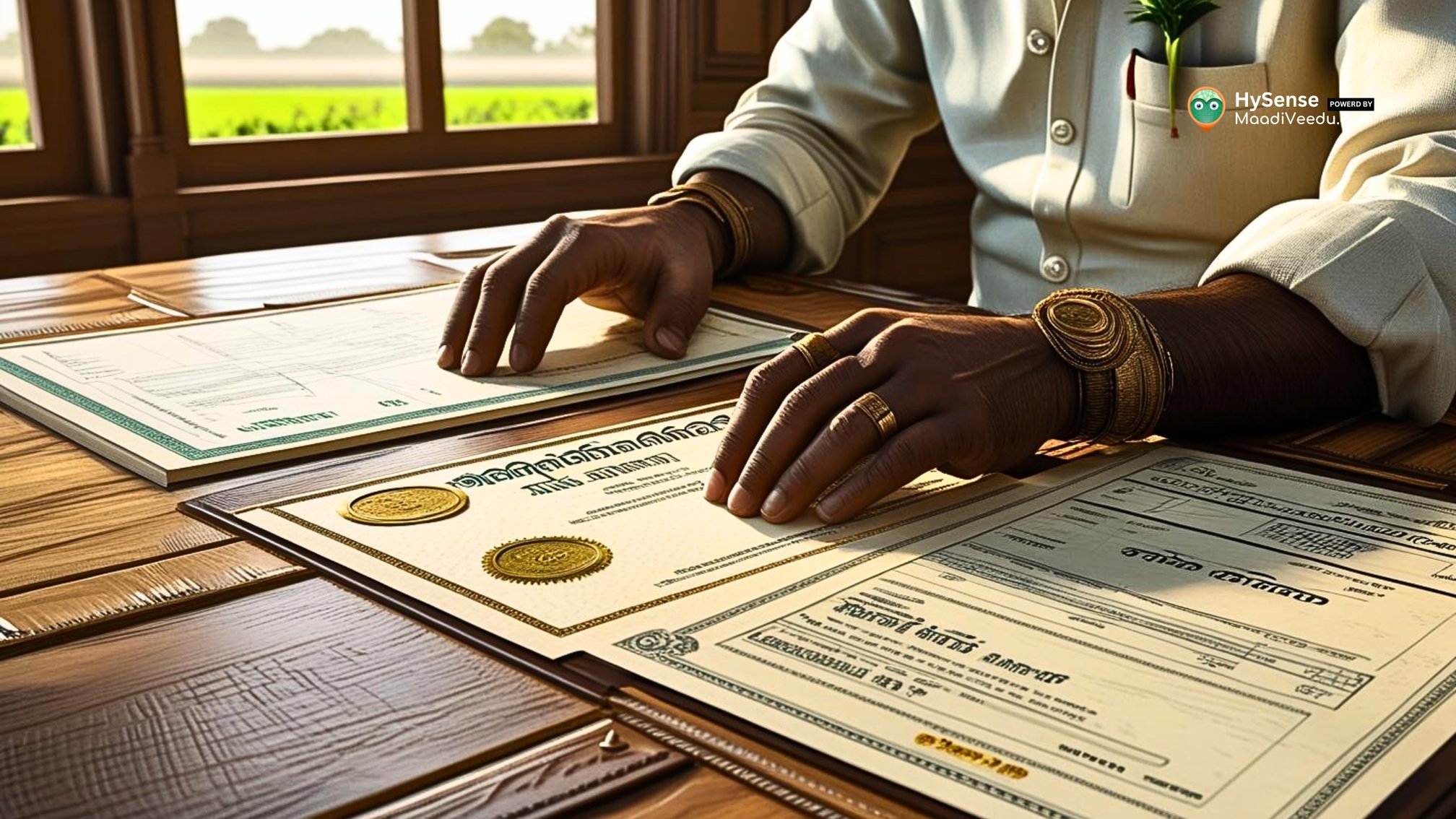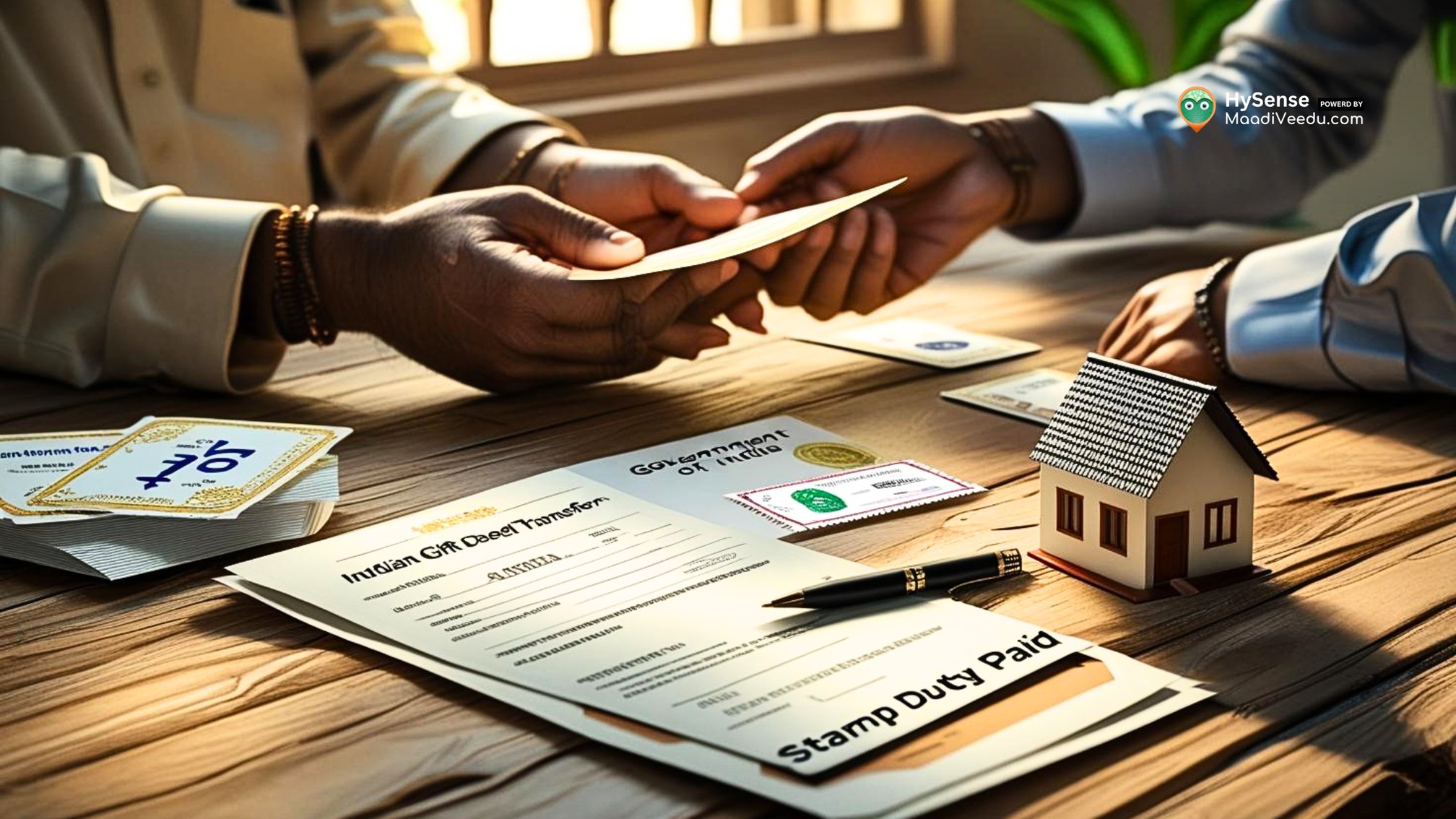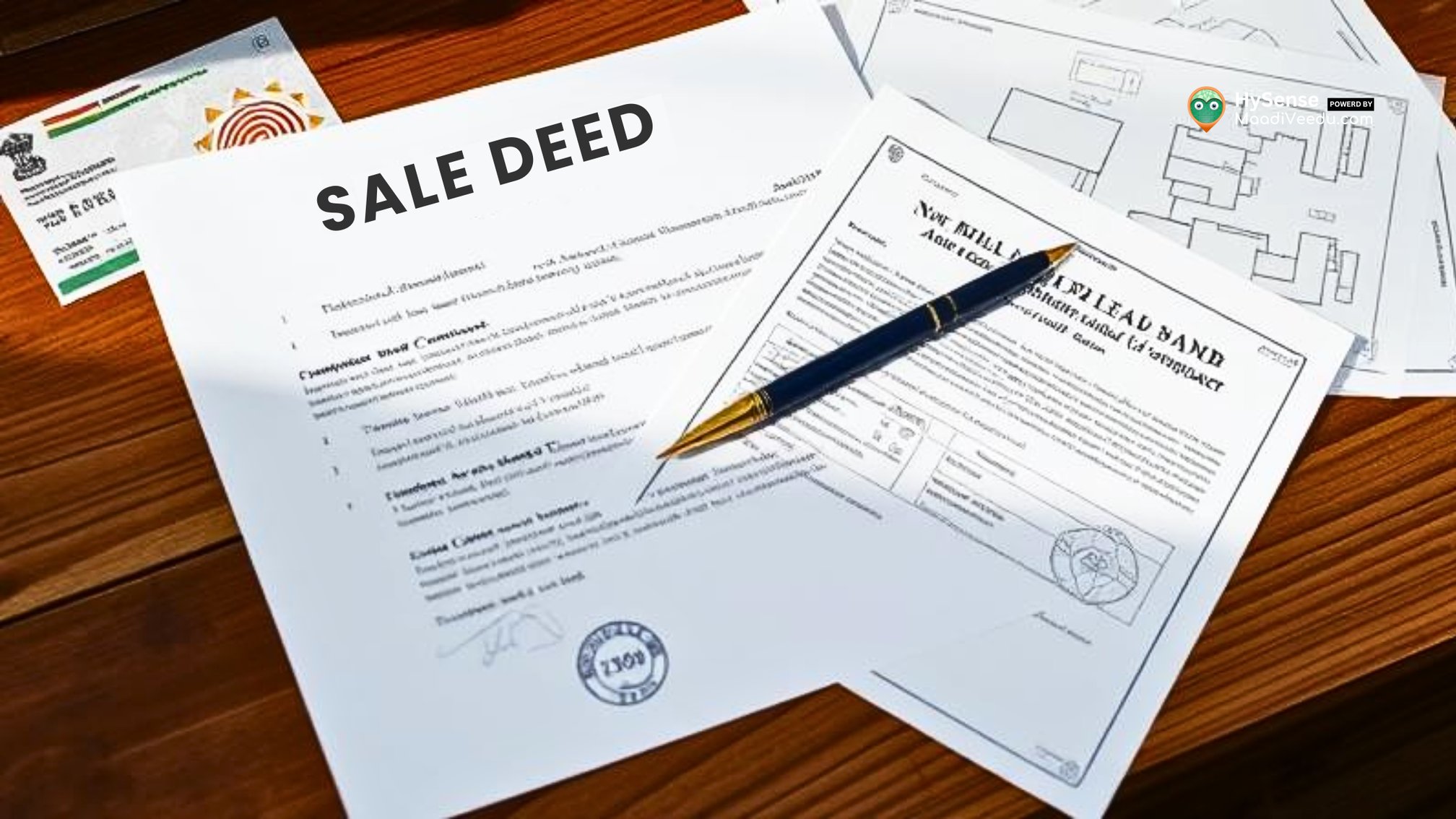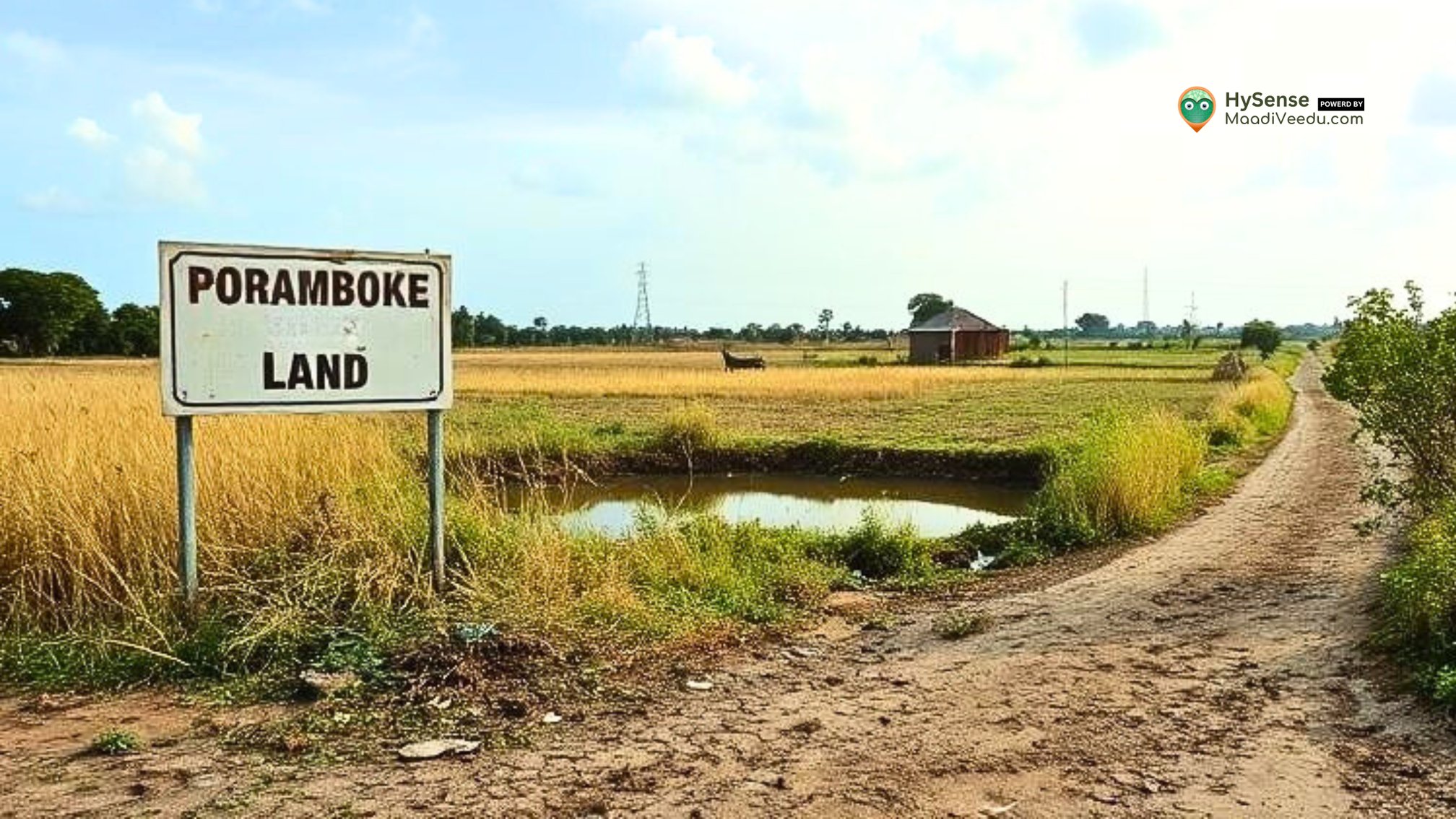Garden Land vs Agricultural Land: 5 Key Differences Explained
Learn the key differences between garden land and agricultural land, from size and usage to management practices, for personal or commercial purposes.
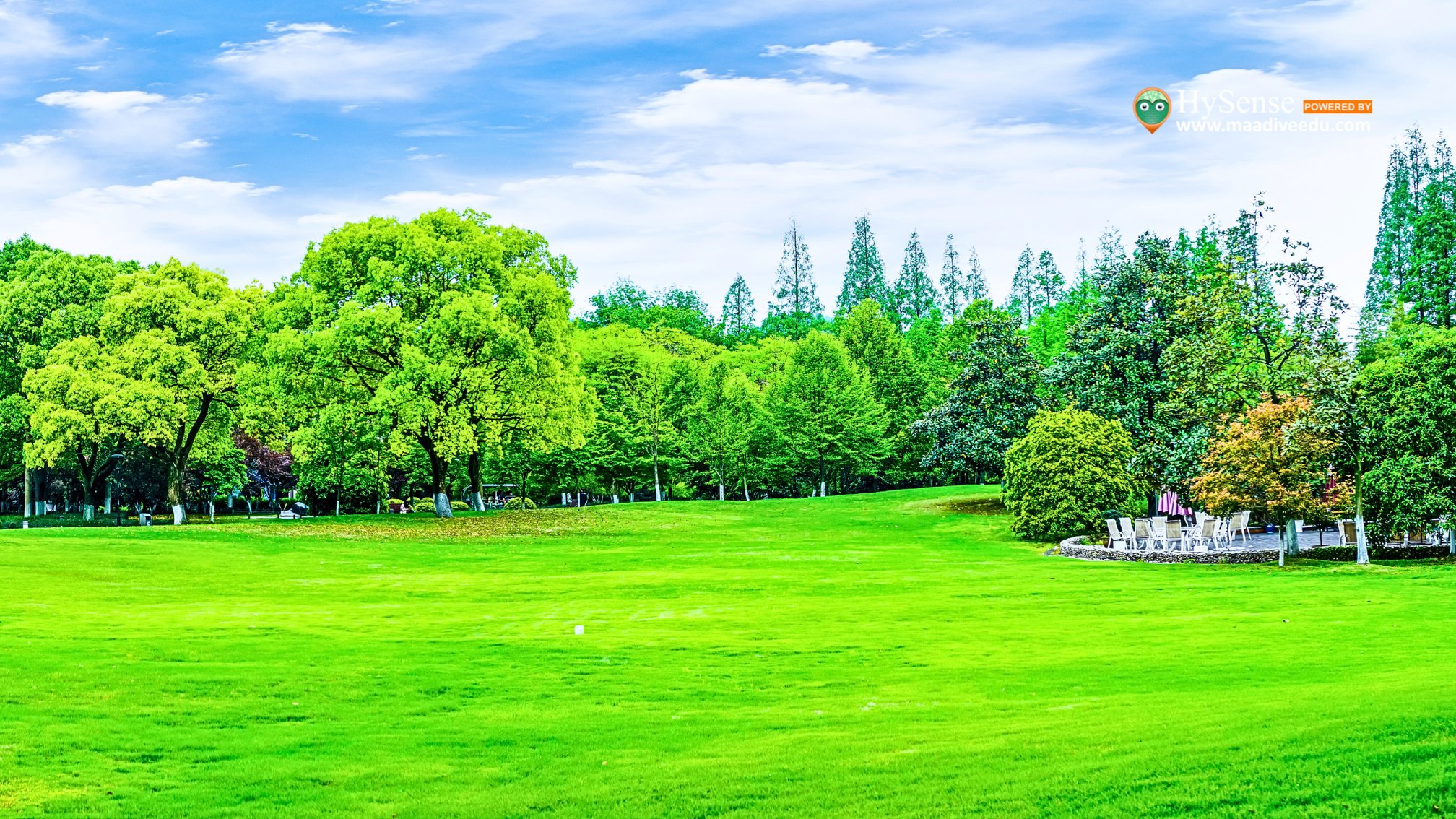
Table of Contents
Not all green lands are the same. Some are meant for peaceful mornings with flowers and butterflies, while others are busy fields where farmers grow the food we eat every day. These are called garden land and agricultural land, and though both are part of nature, their purpose and use are completely different.
Whether you're planning to grow your own vegetables, invest in farming, or just want to know the difference – this guide will make it easy and clear, with real-life examples and down-to-earth explanations.
Looking for the right land? Discover spaces that match your dream—whether it’s a quiet garden plot or a field ready for farming.. Click here
🌼 What is Garden Land?
Garden land is usually a small area near your home, in a park, or shared space where people grow plants for beauty and peace of mind. It's where you plant roses, tulsi, hibiscus, or maybe a few tomatoes or brinjals for your kitchen. No big tractors or crop sales here – it’s about personal satisfaction, not profit.
🌸 Key Features of Garden Land
- Size: Usually small – from a few square feet to a few cents – easy to manage alone or with family.
- Use: For flowers, herbs, decorative plants, and sometimes small vegetables like chillies or coriander.
- Care: Regular watering, removing weeds, and simple pruning. No need for big machines or workers.
🧑🌾 Example:
Imagine a corner in your backyard where you’ve placed flower pots, hung money plants, and planted a few curry leaf saplings. That’s your garden land – calm, colourful, and just yours to enjoy.
🌾 What is Agricultural Land?
Agricultural land is meant for farming on a larger scale – growing food like rice, sugarcane, cotton, or raising cows, goats, or poultry. This land is usually far from city homes and is used to feed families, villages, even entire countries. Managing it needs planning, effort, and knowledge of soil, water, and seasons.
🌿 Key Features of Agricultural Land
- Size: From a few acres to hundreds of acres, depending on the type of crop or livestock.
- Use: For growing grains, vegetables, or fruits for sale. Also used for dairy farming or poultry.
- Care: Involves soil testing, irrigation, machines like tractors, fertilizers, and expert planning.
🚜 Example:
A paddy field where a farmer uses a tractor to plough the land, sows seeds based on the season, waits for the monsoon, and finally harvests the crop to sell in the market – that’s agricultural land.
🌿 5 Key Differences – Garden Land vs Agricultural Land
1. Purpose and Usage
- Garden Land: For personal joy, beauty, relaxation, and a touch of green in your daily life.
- Agricultural Land: For producing food and other goods that support families and economies.
Think of garden land like a small kitchen garden for yourself. Agricultural land is a full meal prepared for a village.
2. Size and Scale
- Garden Land: Small spaces – a few hundred square feet or around your house.
- Agricultural Land: Spreads over acres – enough to grow crops or rear animals in large quantities.
You can walk around your garden land in a few minutes. To walk around a farm, you might need a vehicle!
3. Soil and Fertility
- Garden Land: Enriched with kitchen waste compost, cow dung, or natural manure.
- Agricultural Land: Soil is tested regularly and treated with fertilizers, pesticides, and irrigation systems to increase productivity.
In garden land, your hands touch the soil every day. On a farm, the soil is tested in labs before planting.
4. Management and Maintenance
- Garden Land: Simple routines – watering plants, removing dry leaves, adding compost.
- Agricultural Land: Managed by trained farmers – includes seasonal planning, using equipment, handling pests, and tracking crop health.
Your garden is your peaceful weekend hobby. A farm is a full-time job.
5. Economic Value
- Garden Land: Adds beauty and sometimes home value. Grows food for your family, not for sale.
- Agricultural Land: Supports food supply chains, provides income, and creates rural jobs.
One brings peace, the other brings profit.
🌱 Types of Land – Gardening vs Farming
Garden Land Types
- Residential Garden: Near your home – includes pots, flowering plants, and small beds.
- Community Garden: Shared land in a neighbourhood – each family takes a small piece to grow their choice.
- Botanical Garden: Big public garden with a wide variety of plants – used for education and research.
Agricultural Land Types
- Arable Land: Used for crops like rice, maize, or vegetables.
- Pasture Land: For grazing animals like cows and sheep.
- Mixed Farming Land: Combination of crops and animals – for better risk management.
🥬 Uses of Each Land Type
Garden Land Uses
- Personal enjoyment and stress relief
- Homegrown herbs and veggies
- Beautifying surroundings and improving air quality
Agricultural Land Uses
- Producing food and raw materials like cotton or sugar
- Raising animals for meat, milk, eggs, wool
- Supporting the economy and rural livelihoods
🌻 Simple Comparison Table
🧘♀️ Conclusion
In simple words, garden land is for the heart, and agricultural land is for the stomach.
Garden land brings joy, calmness, and a little self-sufficiency to everyday life. It’s a space where butterflies visit, kids learn to water plants, and flowers bloom to brighten your day.
Agricultural land, on the other hand, feeds families, provides jobs, and keeps villages and towns running. It’s a lifeline, especially in rural areas.
Knowing the difference helps you choose wisely – whether you're dreaming of a peaceful garden or planning to invest in farming.
🌼 Let your land journey begin with clarity.
✅ For more helpful guides and tips on land, farming, and gardening – visit blog.maadiveedu.com
🏡 Looking for land that suits your dream – big or small?
Discover plots perfect for home gardening or wide farmland ideal for agriculture – all in one place. Start exploring today!
👉 Visit: www.maadiveedu.com
FAQs – Garden Land vs Agricultural Land
1. Can I use garden land for farming?
Answer:
Not exactly. Garden land is mainly meant for decorative or small-scale personal use like flowers or kitchen veggies. For large-scale farming or commercial use, you’ll need land classified as agricultural by the government.
2. Is it possible to convert garden land into agricultural land?
Answer:
In some cases, yes – but it depends on local laws and zoning regulations. You’ll need to get approval from the local authority or revenue department, and it may involve a legal process with documentation and land use conversion charges.
3. Which type of land is better for investment – garden or agricultural?
Answer:
It depends on your goal. If you want peace, beauty, or to build a home with greenery, garden land is great. But if you’re looking for income through farming or long-term returns, agricultural land is usually a better option.
4. Can I build a house on agricultural land?
Answer:
Generally, no. You’ll need to get permission or convert it into residential use through legal processes. Without conversion, constructing a house on agricultural land may lead to penalties or legal issues.
5. How do I know if a land is classified as garden or agricultural?
Answer:
Check the land records or "Patta/Chitta" or "7/12 extract" with the local revenue office. You can also ask for help from a legal advisor or use online land record portals if available in your state.

